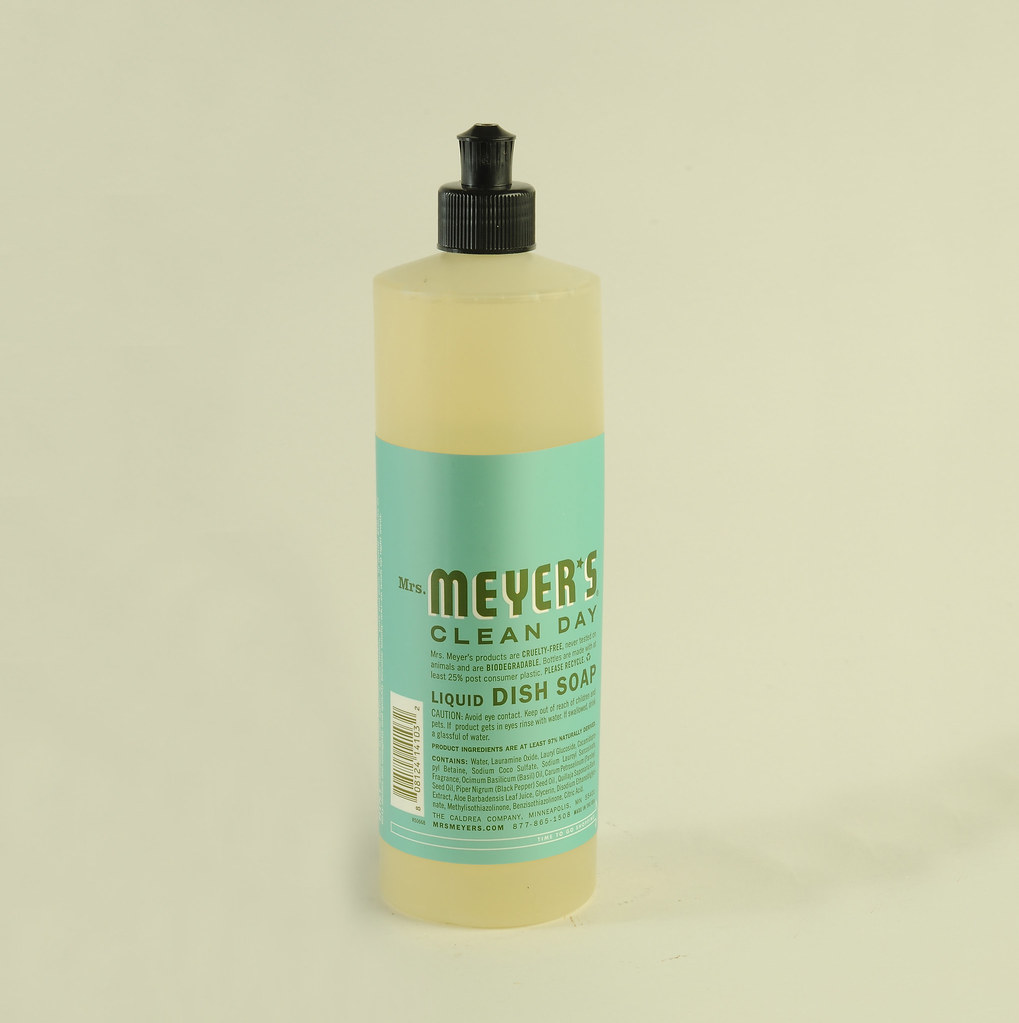If you’re a car enthusiast, you probably have heard or read a lot of advice and tips on how to take care of your vehicle. But how do you know which ones are true and which ones are just myths? In this article, we’ll debunk 10 of the most common car myths that people still believe, and explain why they are wrong or outdated.
Myth 1: Premium gas is better for all cars.
Many people think that using premium gas will improve their car’s performance, fuel economy, or engine health. However, this is not true for most cars. Premium gas has a higher octane rating, which means it can withstand more compression before igniting. This is beneficial for high-performance engines that have a higher compression ratio, such as sports cars or luxury vehicles. However, for most regular cars, using premium gas will not make any difference, and will only cost you more money. The best way to know what type of gas your car needs is to check your owner’s manual and follow the manufacturer’s recommendation.

Myth 2: Manual transmissions are more fuel-efficient than automatics.
This used to be true in the past, when automatic transmissions were less advanced and had fewer gears. However, modern automatic transmissions have improved significantly, and can now match or even surpass manual transmissions in terms of fuel efficiency. Automatic transmissions can also adjust to different driving conditions and optimize the gear shifts, while manual transmissions depend on the driver’s skill and judgment. Of course, there are other factors that affect fuel economy, such as driving style, speed, traffic, and maintenance. But the bottom line is, the type of transmission alone does not determine how much gas your car consumes.

Myth 3: Red cars get more speeding tickets.
This is a popular myth that many people believe, but there is no evidence to support it. The idea is that red cars are more noticeable and attract more attention from the police, who are more likely to pull them over and issue tickets. However, studies have shown that there is no correlation between the color of the car and the likelihood of getting a speeding ticket. In fact, some studies have found that white, silver, and black cars are more likely to get tickets than red cars. The reason is that these colors are more common and blend in with the traffic, making them harder to spot by the police. The truth is, the color of your car does not matter as much as your driving behavior. If you speed, you are more likely to get caught, regardless of what color your car is.

Myth 4: Warming up your engine before driving in winter is necessary.
This is another myth that stems from the old days, when cars had carburetors that needed to warm up before running smoothly. However, modern cars have fuel injection systems that can adjust to the temperature and deliver the right amount of fuel to the engine. Therefore, warming up your engine for more than a few seconds is not necessary, and can actually be harmful. Idling your engine for too long can waste gas, increase emissions, and cause engine wear. The best way to warm up your engine and your car is to drive gently for the first few minutes, until the temperature gauge reaches the normal range.

Myth 5: Changing your oil every 3,000 miles is essential.
This is one of the most persistent car myths that many people follow religiously, but it is not always true. The frequency of oil changes depends on various factors, such as the type of oil, the type of engine, the driving conditions, and the mileage. Some cars can go as long as 10,000 miles or more between oil changes, while others may need more frequent changes. The best way to know when to change your oil is to check your owner’s manual and follow the manufacturer’s schedule. You can also use the oil life monitor system, if your car has one, which will alert you when your oil needs to be changed based on the actual condition of the oil.

Myth 6: Using a higher octane fuel than recommended will boost your car’s performance.
This is similar to the myth about premium gas, but it applies to any fuel that has a higher octane rating than what your car requires. Some people think that using a higher octane fuel will give their car more power, speed, or acceleration. However, this is not true, unless your car is specifically designed to run on high-octane fuel. The octane rating of the fuel does not indicate the quality or the energy content of the fuel, but rather the resistance to knocking or detonation. Knocking occurs when the fuel-air mixture in the cylinder ignites prematurely, causing a loud noise and damaging the engine. High-octane fuel can prevent knocking in high-performance engines that have a higher compression ratio, but it will not make any difference in regular engines. In fact, using a higher octane fuel than recommended can reduce your fuel economy and increase your emissions.

Myth 7: You should replace all four tires at the same time.
This is not a myth per se, but rather a general rule of thumb that may not apply to every situation. Replacing all four tires at the same time can ensure that they have the same tread depth, wear, and performance, which can improve your car’s handling, stability, and safety. However, there are some cases where you may not need to replace all four tires at once, such as when you have a flat tire, or when you have a tire rotation schedule that keeps your tires evenly worn. The most important thing is to make sure that your tires are compatible with each other, and that they meet the specifications of your car. You should also check your tire pressure regularly, and inspect your tires for any signs of damage or wear.

Myth 8: You can use any type of coolant for your car.
This is a dangerous myth that can cause serious damage to your car’s cooling system. Coolant, or antifreeze, is a liquid that circulates through your engine and radiator, and helps regulate the temperature and prevent overheating. However, not all coolants are the same, and using the wrong type of coolant can cause corrosion, clogging, leaks, and overheating. The type of coolant you need depends on the type of engine, the type of metal, and the type of additives. You should always use the coolant that is recommended by your car’s manufacturer, and never mix different types of coolants. You should also check your coolant level and condition regularly, and flush and replace your coolant according to the maintenance schedule.

Myth 9: You can fix a dent with a plunger, a hair dryer, or dry ice.
This is a myth that many people have tried, but with little or no success. The idea is that you can use a plunger, a hair dryer, or dry ice to create a suction or a temperature difference that will pop the dent out of your car’s body. However, this method is unlikely to work, unless the dent is very small, shallow, and smooth. Most dents are not that simple, and they involve creases, scratches, or paint damage that cannot be fixed by these DIY methods. The best way to fix a dent is to take your car to a professional body shop, where they have the tools and the skills to repair the dent properly and restore your car’s appearance.

Myth 10: You can use dish soap or laundry detergent to wash your car.
This is a myth that many people believe, but it can actually harm your car’s paint and finish. Dish soap and laundry detergent are designed to remove grease, dirt, and stains from dishes and clothes, but they are too harsh and abrasive for your car’s surface. They can strip away the protective wax and coating, and leave your car vulnerable to scratches, swirls, and oxidation. They can also damage the rubber and plastic parts of your car, such as the tires, the seals, and the trim. The best way to wash your car is to use a car wash soap or shampoo, which is specially formulated to clean your car without damaging it. You should also use a soft sponge or cloth, and rinse your car thoroughly with clean water.

These are some of the worst car myths that people still believe, but there are many more out there. The next time you hear or read something about your car that sounds too good or too bad to be true, do some research and check the facts before you follow it. Remember, your car is one of your most valuable assets, and you should treat it with care and respect.
Related posts:
25 Car Myths that Most People Still Believe – Autowise
Car Myths You Need to Forget in 2022 – CarParts.com
25 Car Myths that Most People Still Believe – Autowise





